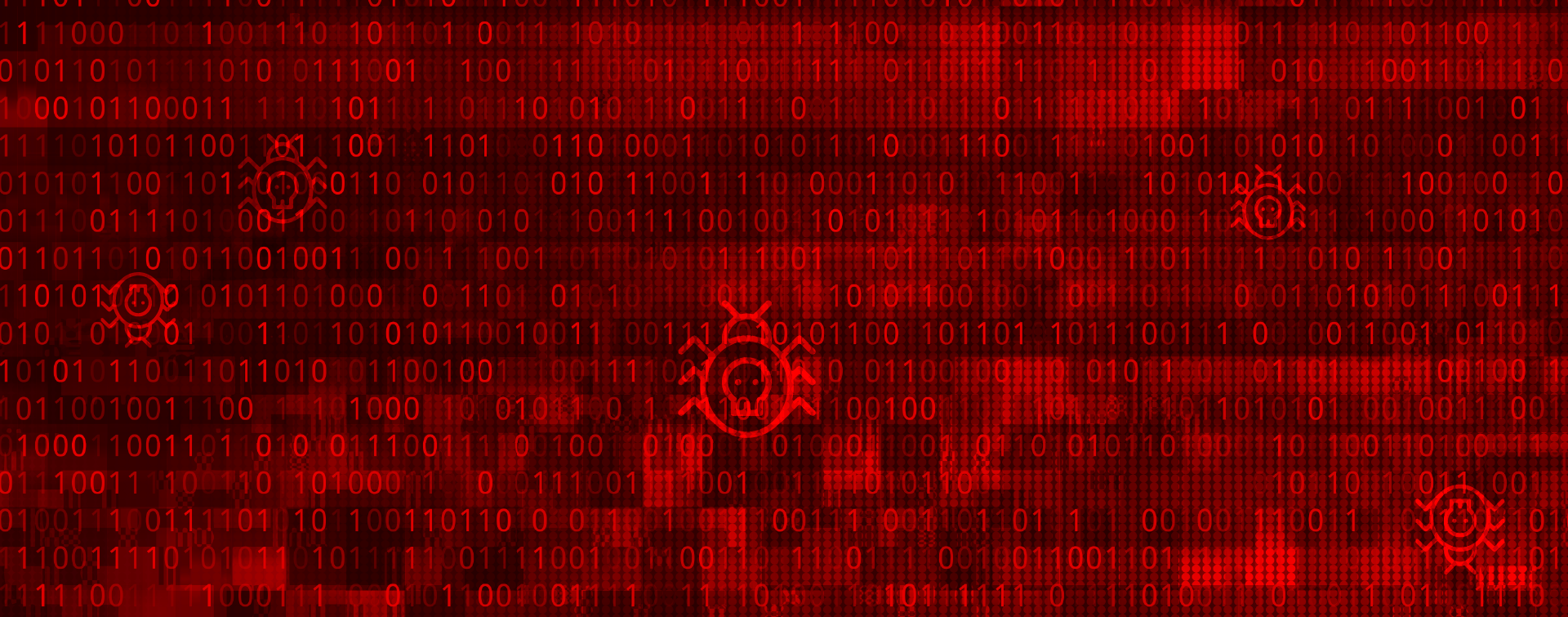
9 Types of Malware All Website Owners Need to Know
As a website owner, chances are you’ve heard a great deal about malware. But you may wonder what exactly malware is, and why it’s such a serious threat to your website and your site’s visitors. In this article, we’ll cover some of the most common types of malware that every website owner needs to know in order to protect their business from cyber threats, as well as how to protect you site with the right malware removal solution if your site is infected.
What is Malware?
Though there are many different types of Malware, or malicious software, it is basically any type of software that’s designed to damage a computer, website, or network. A malware infection can cause all sorts of problems, including granting cybercriminals access to your site, embedding malicious ads, or changing your site’s appearance. It can even result in your site being removed from Google’s search results. And if you own a business website, a malware attack can cost you revenue and customers.
The Most Common Types of Malware
Although malware takes many different forms, certain types of malware are more common than others. Here are the nine types of malware you’re most likely to encounter as a website owner.
Ransomware
In a ransomware attack, cybercriminals encrypt your website files so you can’t access them, and then demand you pay a fee to get them back. Unfortunately, there’s no guarantee that your files will be restored, and even if they are, they’re often permanently corrupted. Keeping regular site backups can help you recover your files following a ransomware attack.
Fileless Malware
One of the most difficult types of malware to detect is fileless malware. This is because it doesn’t work through executable files but instead exploits legitimate programs on your operating system to inflict damage. Since they don’t use files, traditional antivirus programs and endpoint security solutions are often unable to recognize fileless malware.
Spyware
Spyware is malware that is installed on a user’s device without their permission and steals their data. This includes sensitive information such as credit card numbers, bank account information, and passwords. There are numerous types of spyware, such as adware, tracking cookies, and system monitors that can detect virtually anything you do on your computer.
Trojans
Trojans are a type of malware that doesn’t self-replicate, appears as legitimate software, and tricks users into thinking it’s harmless. The danger is that once Trojans breach your device or website, they can install or download other malware that inflicts more harm onto your computer.
Worms
A worm is a malicious program that self-replicates and is highly infectious, spreading from computer to computer and throughout networks. Unlike viruses, a worm is a standalone program that doesn’t require the user to activate it. Worms can cause all sorts of damage, such as corrupting website files, stealing data, and draining system resources.
Viruses
A computer virus is a malicious code or program that interferes with a computer or website’s functioning. Once executed, it can easily spread to other computers, including those of your website’s visitors. Viruses can inflict harm in many ways, such as logging your keystrokes, stealing sensitive information, and corrupting your files.
Rootkits
Rootkits are a variety of malware that grants unauthorized users access to your computer or website. Insidious by design, they allow cybercriminals to take over your website or device without your knowledge. Since they’re so difficult to uncover, a rootkit can remain on your system or website for a long time and inflict ongoing damage.
Keyloggers
Unlike other forms of malware, keyloggers are not a threat to systems themselves they infect. Keylogger is a type of software that records every keystroke a user makes, usually without their awareness. Cybercriminals primarily use keyloggers to gain access to your customers’ passwords, account logins, and other confidential information. Then they can access their financial accounts, steal their identity, or sell their personal data to third parties.
Bots and Botnets
A bot is a program that carries out designated tasks automatically, commonly over a network. Although many are harmless, there are also malicious bots that can launch cyberattacks or steal sensitive data. A botnet is a network of computers that are infected with bot malware, which cybercriminals use to commit all sorts of crimes, such as launching malware attacks on other sites.
Protect Yourself Against Malware
Fortunately, there are many malware removal solutions website owners can leverage to automatically clean malicious content for their websites. In addition, website owners should make it a best practice to implement other proactive cybersecurity solutions, such as daily malware scanning and a web application firewall (WAF), to protect their sites from these different types of malware. Before choosing a solution, it’s important to understand the current health of your site.
SiteLock’s free Risk Score Scan reviews your website and calculates your website’s risk of compromise, providing you with detailed information regarding the health and security of your site, as well as potential threats. Contact us today to inquire about getting your free Risk Score.
Want to learn more about malware? Check out these additional resources from SiteLock:





